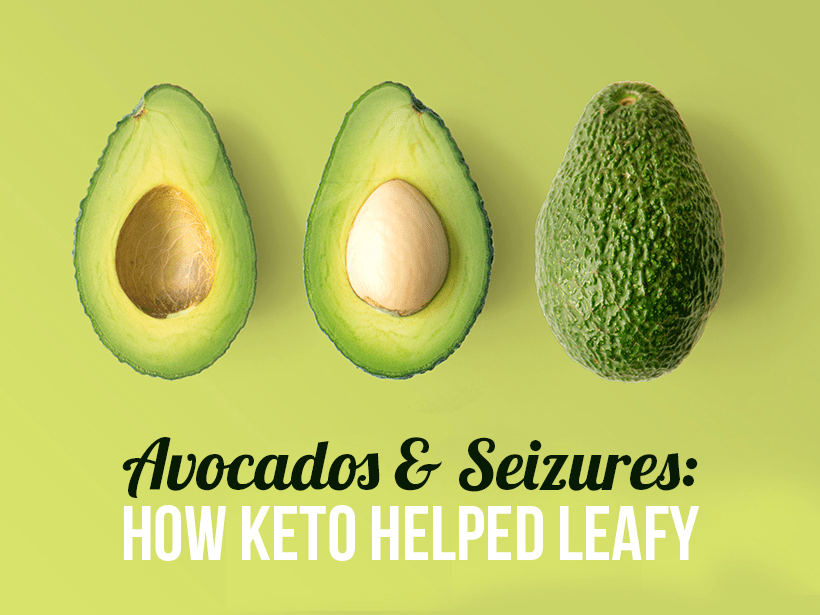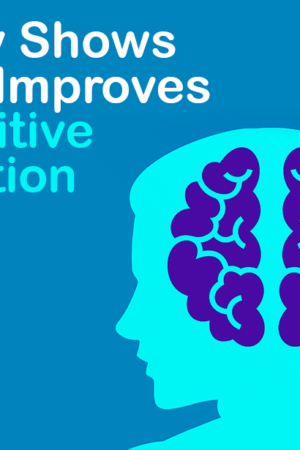At 6 months old, Leafy Liu began having seizures. They started sporadically, every few weeks, but then grew in frequency and intensity until she was having as many as 60 per day. Diagnosed with epilepsy, Leafy’s parents were desperate to find a solution that would give their daughter relief from the exhaustion she experienced and from the potential damage each seizure threatened.
Avocados to the Rescue
Leafy’s epilepsy was identified as being ‘refractory’, meaning she did not respond to conventional medications used to treat the disorder. Her parents moved her from their home in England to Australia, hoping the warmer weather may have an impact on her condition – but nothing seemed to stop Leafy’s seizures or slow the frequency with which she was having them.
Learning of how effective a ketogenic diet can be to treat epilepsy, Leafy’s parents changed her diet and began to see results. Turning to avocados, which quickly became one of Leafy’s favorite foods, the couple estimates that their daughter has consumed over 3,000 avocados since starting the diet treatment. Admitting to the small fortune they’ve invested in their Leafy’s avocado consumption, her parents still consider it a small price to pay for the quality of life their daughter now experiences.
Leafy is now 5 years old and her seizures have dramatically improved – from up to 60 a day, to less than 4 seizures per year.
The Ketogenic Diet and Epilepsy
The ketogenic diet has been a method of treating epilepsy since the 1920s, especially where multiple medication treatments are used or if medication intervention is not effective.1 Multiple studies have shown that the diet is effective, mostly for those who experience seizures due to glucose transporter protein deficiency syndrome. Maintaining compliance on the diet and changing the body’s metabolic process from burning sugar to burning fat for fuel has a remarkable effect on those that experience seizures.
Relying heavily on sticking to an 80 percent fat, 15 percent protein, and 5 percent carbohydrate diet, many can struggle with how strict the diet can be. Maintaining nutritional ketosis, the body’s state of fat burning where ketones are produced, is essential to treating epilepsy – and slip ups cannot happen. However, if there’s a firm commitment and dedication to a new way of eating, this treatment is incredibly effective.
There are children and adults all over the world that find effective treatment for their epilepsy through a steady diet of meats, leafy greens, low-starch vegetables, and high fat dairy. While it has gained an increased following for its weight loss benefits, the ketogenic diet has been a long-standing treatment that gives children, like Leafy, a new outlook on a healthy, seizure-free life.
NUTRITIONAL DISCLAIMER
The content on this website should not be taken as medical advice and you should ALWAYS consult with your doctor before starting any diet or exercise program. We provide nutritional data for our recipes as a courtesy to our readers. We use Total Keto Diet app software to calculate the nutrition and we remove fiber and sugar alcohols, like erythritol, from the total carbohydrate count to get to the net carb count, as they do not affect your blood glucose levels. You should independently calculate nutritional information on your own and not rely on our data. The website or content herein is not intended to cure, prevent, diagnose or treat any disease. This website shall not be liable for adverse reactions or any other outcome resulting from the use of recipes or recommendations on the Website or actions you take as a result. Any action you take is strictly at your own risk.
- Scottish Government: ‘Obesity Will Be One Of The Great Public Health Challenges Of Our Time’ - September 5, 2018
- Virta Health’s Use of Telemedicine to Treat Diabetics with Keto - September 3, 2018
- New MyProtein Nutrition Bar Disrupts Nutrition Standards - May 24, 2018




